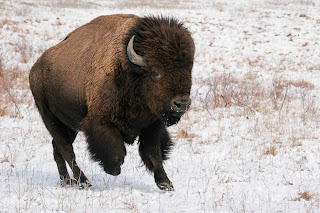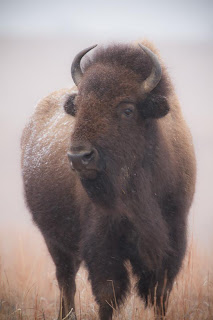Friday, June 1, 2012
Sunday, April 29, 2012
Going to the Birds!
Following a very successful photo safari in 2011, I noticed an inordinate percentage of my safari image were of East African birds. Weird, as I never considered myself a bird photographer. Maybe it was the acquisition of a 300/2.8 lens and a 2X tele converter that opened the door for the birder in me to get loose. All I can say is that now I see birds everywhere. In past lives, these things were just background and noise adders. Now I find it fun and challenging to get good photos of birds in the natural world. Sure East Africa was a start but now anticipating my return trips in 2013 and 2014 I am thinking about the amazing variety and number of birds in Tanzania. Just this week I went back thru my Tanzanian images to see what other birds I have photographed and to ID those species. I also remember the avian images I missed by not being ready or not paying attention.
What is nice about bird photography? For one, it is not necessary to travel to some exotic location to find birds, they are all around us. Sure, some of the exotic locations yield species unseen here in the USA but you will probably not exhaust the species count right here in a lifetime of shooting. I spent yesterday out shooting a specific area of Kansas and found that fully half of what I photographed turned out to be birds, birds on fences, birds on the ground, wading, clinging to blowing cattails or just circling overhead riding the waves of air coming off the ridges in the Smoky Hills.
 |
| Secretary Bird - Ngorongoro Crater |
 |
| Ruby Breasted Longclaw - Ngorongoro Crater |
 |
| Rufus-Naped Lark - Ngorongoro Crater |
 |
| Common Fiscal Shrike - Arusha National Park |
 |
| Coucal - Serengeti National Park |
 |
| Fischer's Love Birds - Serengeti National Park |
 |
| Variable Sunbird - Serengeti National Park |
 |
| Buffalo Weaver - Serengeti National Park |
 |
| Lilac Breasted Roller - Serengeti National Park |
 |
| White-throated Bee-eater - Arusha National Park |
What is nice about bird photography? For one, it is not necessary to travel to some exotic location to find birds, they are all around us. Sure, some of the exotic locations yield species unseen here in the USA but you will probably not exhaust the species count right here in a lifetime of shooting. I spent yesterday out shooting a specific area of Kansas and found that fully half of what I photographed turned out to be birds, birds on fences, birds on the ground, wading, clinging to blowing cattails or just circling overhead riding the waves of air coming off the ridges in the Smoky Hills.
 |
| Bobwhite Quail - Kansas |
 |
| Red-winged Blackbird - Kansas |
 |
| Red-winged Blackbird - Female - Kansas |
 |
| Red-headed Woodpecker - Kansas |
 |
| Brown-headed Cowbird - Female - Kansas |
 |
| Killdear - Kansas |
Tuesday, April 24, 2012
Maxwell Wildlife Refuge - Canton, KS
One of my favorite locations to photograph in central Kansas is Maxwell Wildlife Refuge. Located just a few miles north of Canton, the refuge is home to a fairly substantial herd of bison and about 75 elk. The visitor center is open on Saturday mornings and by appointment. At the visitor center you can arrange for a tram ride out onto the refuge to get in the middle of the bison. During the fall thru winter months it is possible to see and photograph the elk as well. There is not a perfect season at Maxwell but I do have a favorite, Fall. The animals are more active, the grass colors are spectacular and the bull elk are vying for rights to mate with the cow elk.
A visit to Maxwell in the Spring should also be a great time to see the prairie flowers growing profusely across the prairie and in the adjacent McPherson State Lake area.
This a favorite among photographers from the area and a great place to get up close and personal with the prairie and its diversity of life.
Also in the fall is the Mountain Man Rendezvous, usually held the first weekend in October, this is a fun time to be at Maxwell to see crafts such as blacksmithing, arrowhead point manufacturing and cooking.
In the spring we can also find Eastern Bluebirds visiting the nesting boxes along the perimeter fence of the refuge.
Even a casual drive thru the refuge can yield a chance to see bison and elk along the stretch of roadway open to the public and crossing the refuge at the cattle guards.
Subscribe to:
Comments (Atom)



































